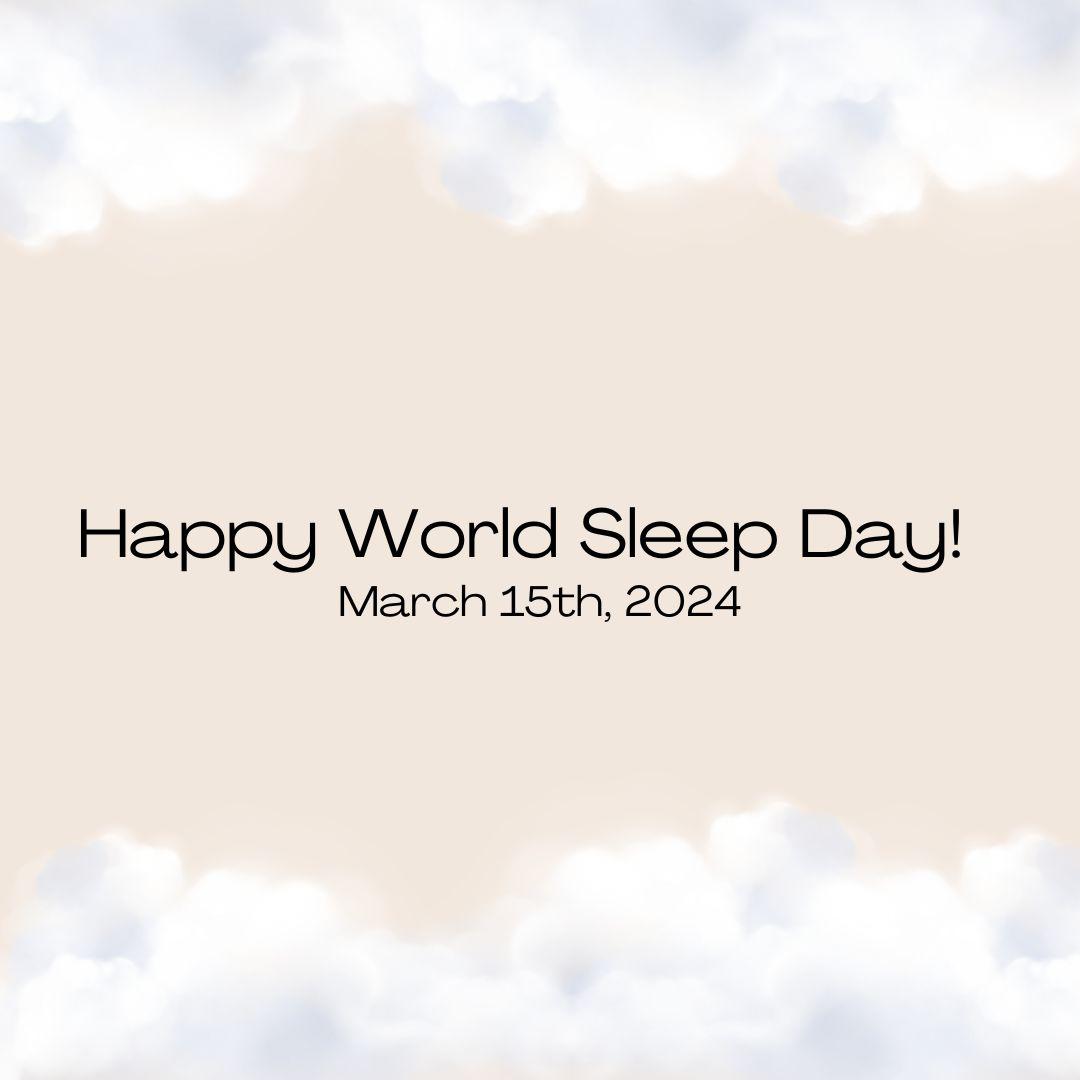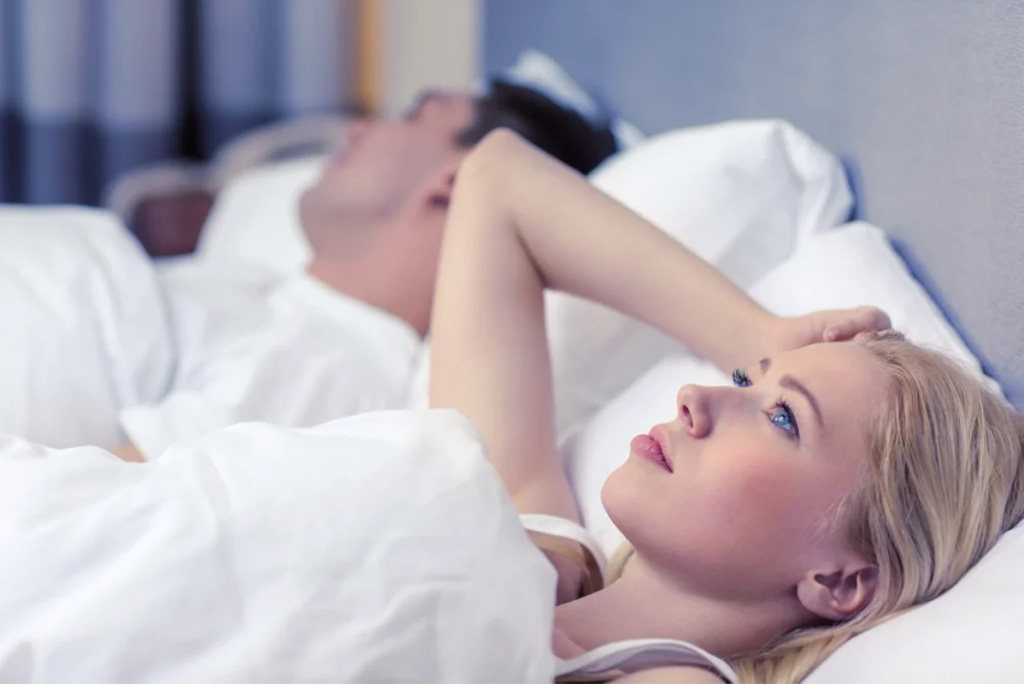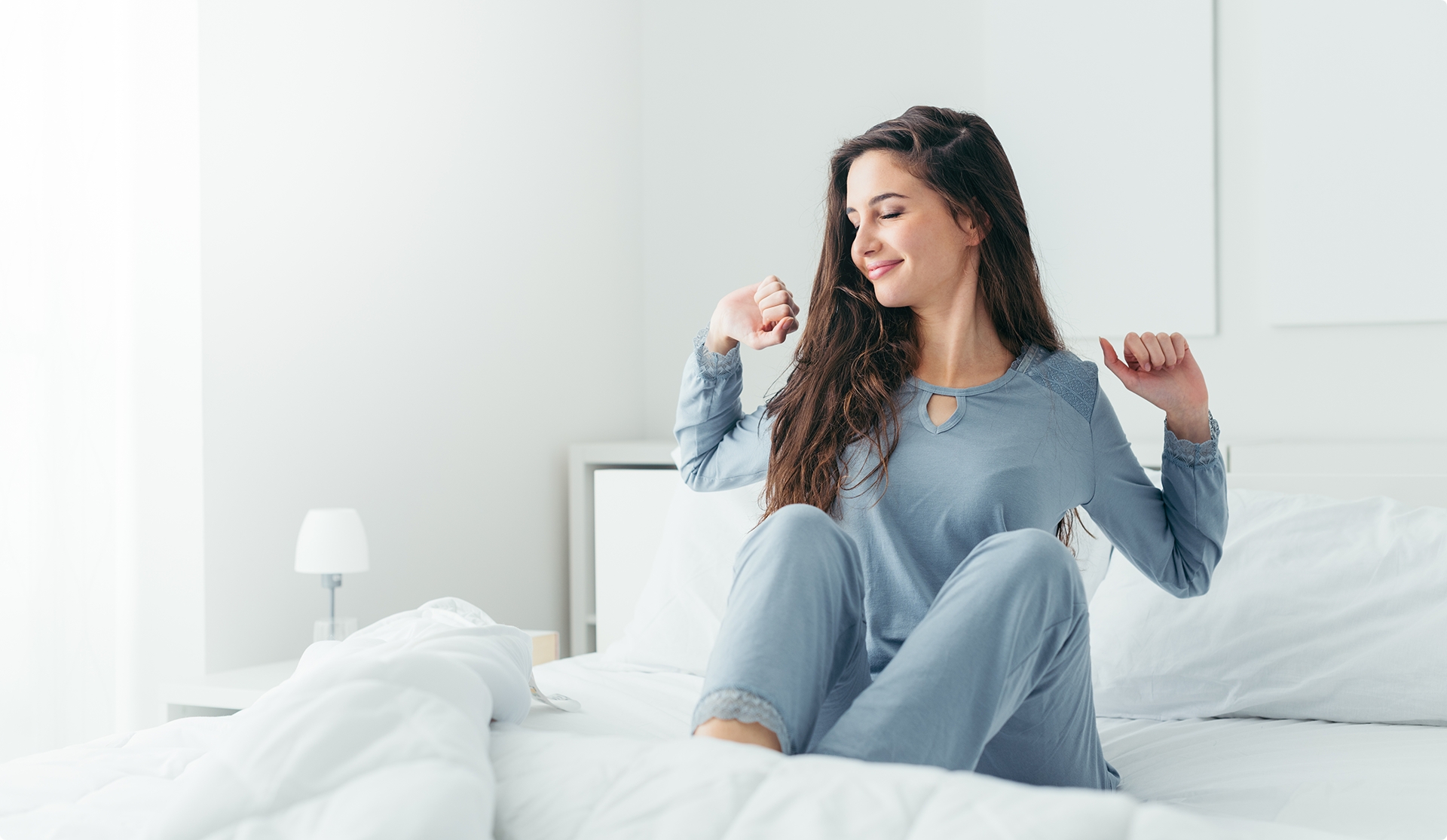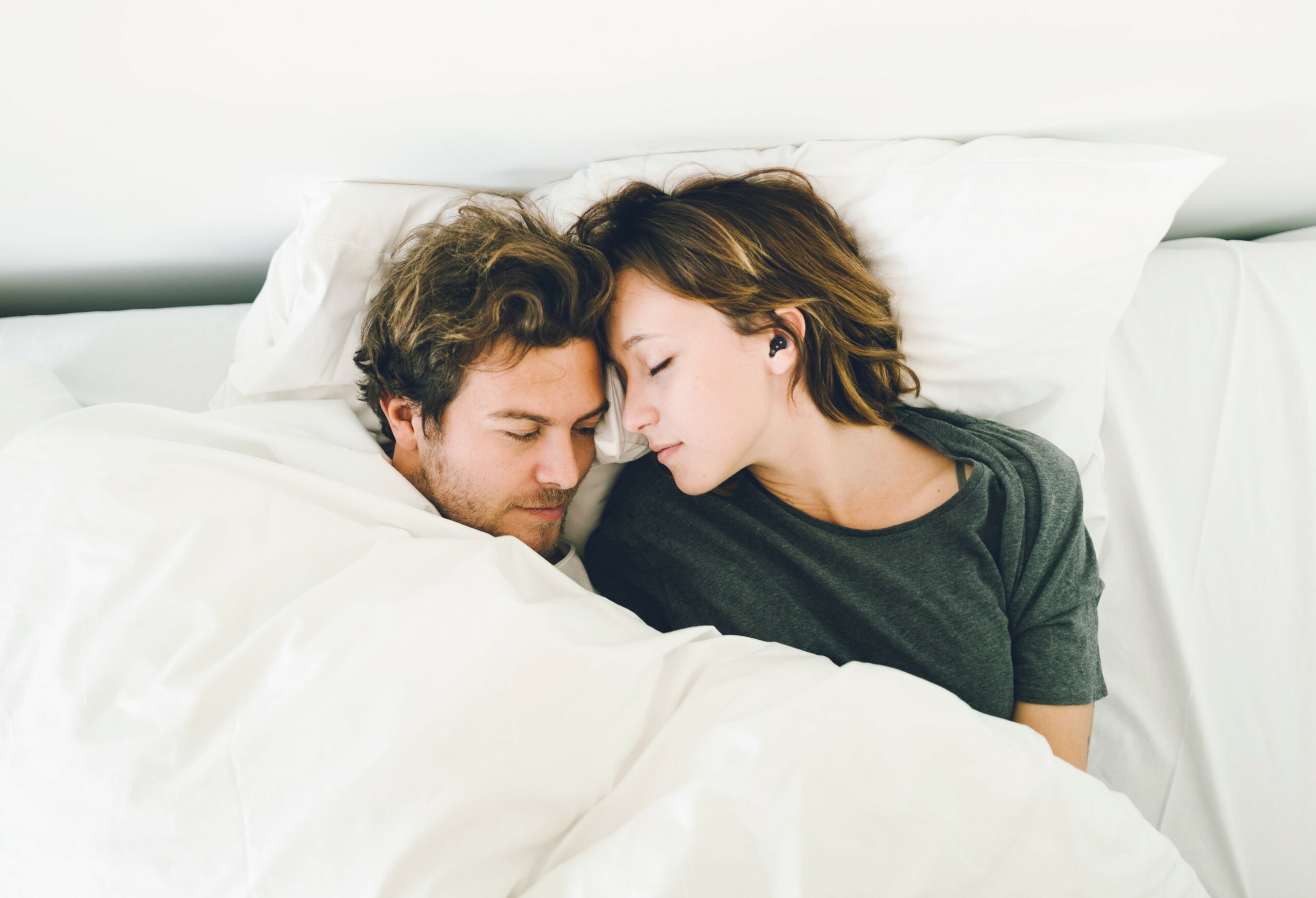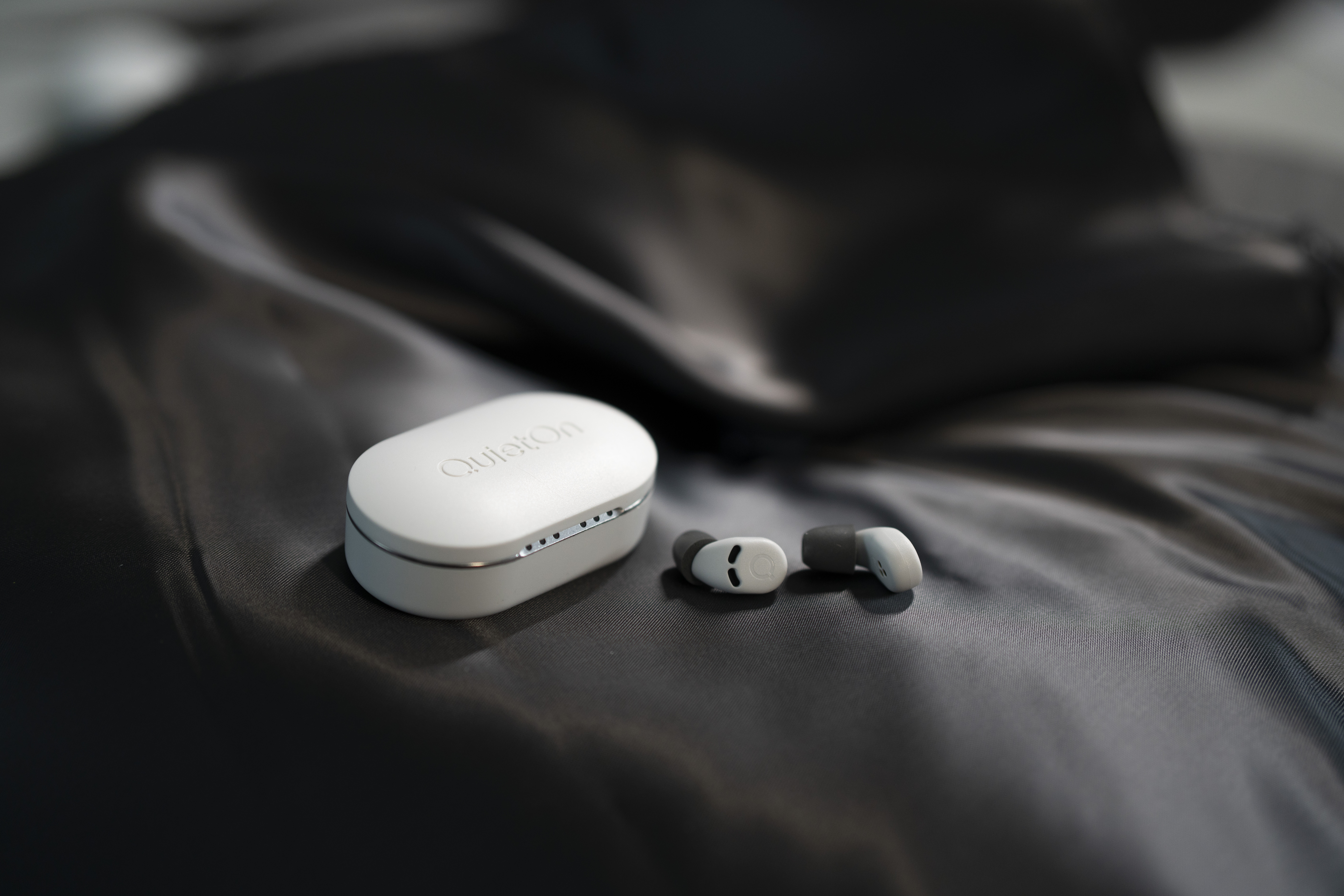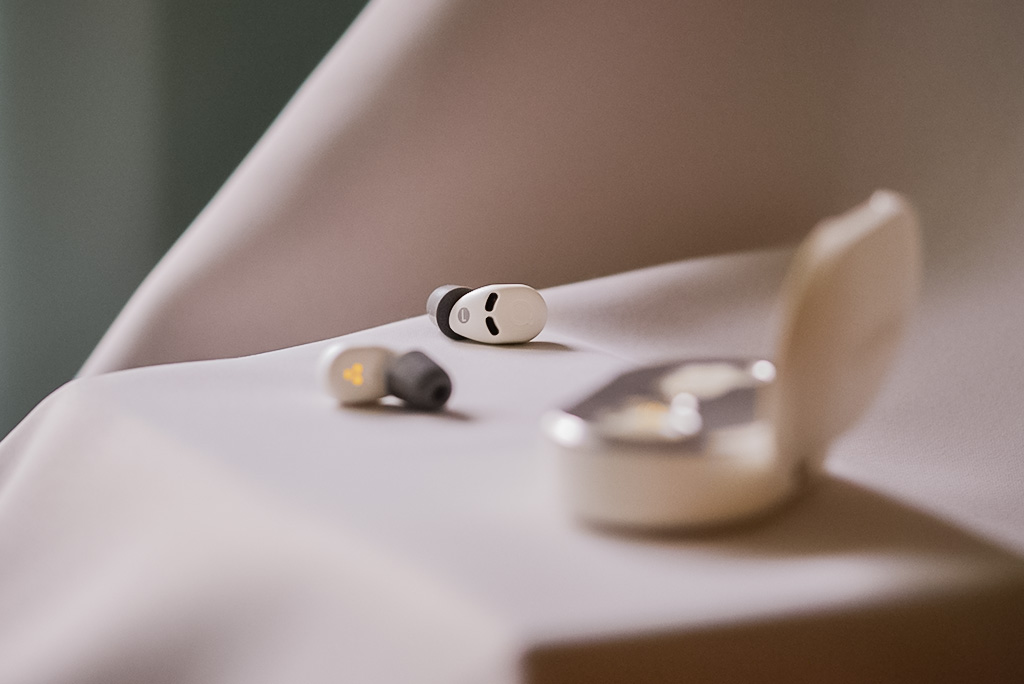Your cart is currently empty!
Why Successful Biohacking Begins with Quiet, Healthy Sleep
By Renee Belz, Certified Nutritional Consultant There has been a lot of research into the importance of sleep. As a Certified Nutritional Consultant who struggled with sleep-related health challenges, I’ve read much of it. Here in the United States, the Centers for Disease Control once deemed lack of sleep a public health problem, finding that…
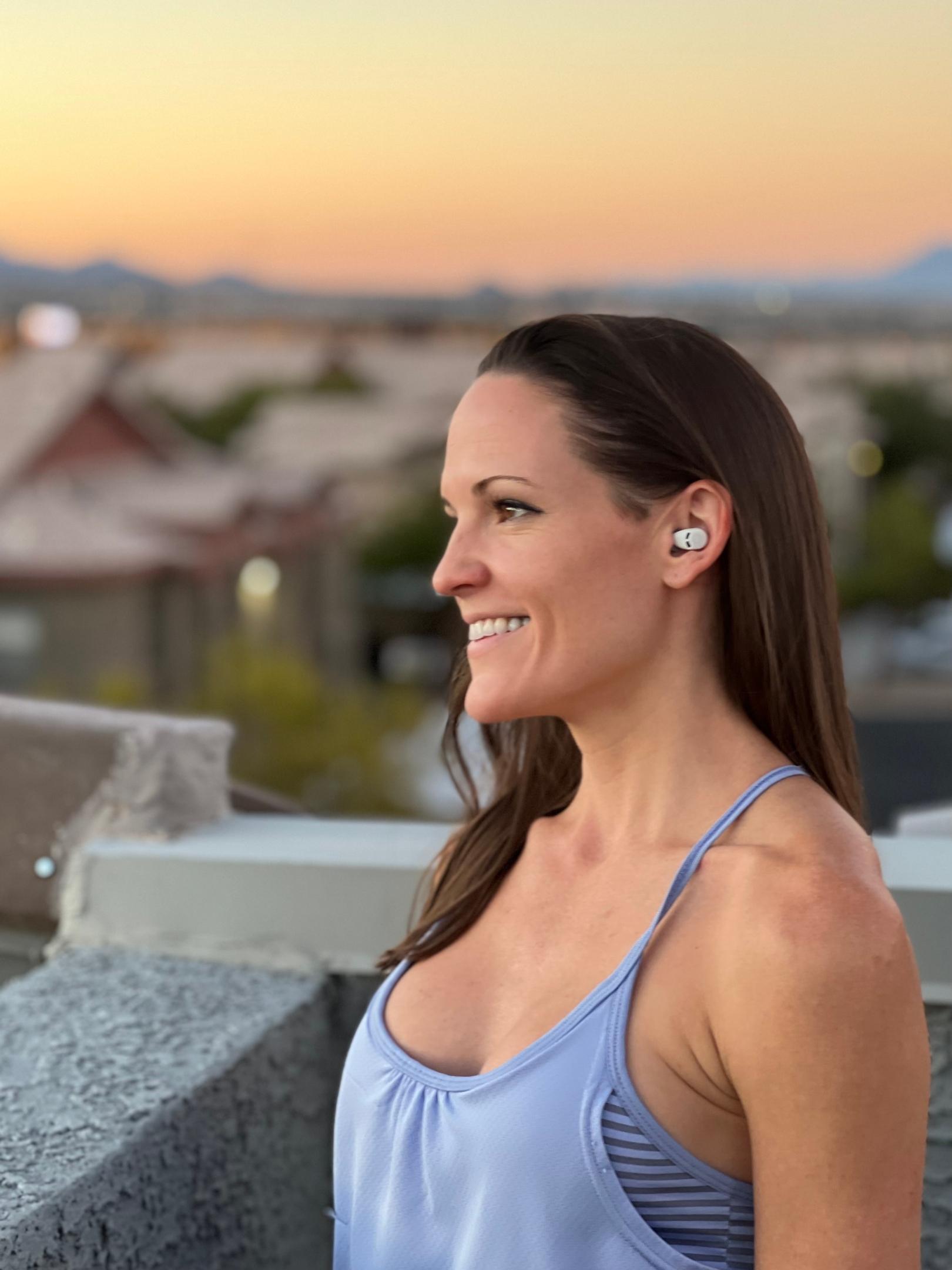
By Renee Belz, Certified Nutritional Consultant
There has been a lot of research into the importance of sleep. As a Certified Nutritional Consultant who struggled with sleep-related health challenges, I’ve read much of it.
Here in the United States, the Centers for Disease Control once deemed lack of sleep a public health problem, finding that one-third of adults weren’t getting enough. Poor sleep can increase the likelihood of obesity, high blood pressure, diabetes, coronary disease, stroke, mental distress, and even death.
Recently, a UK study found that people who went to bed before 10 p.m. or later than 11 p.m. were at greater risk of developing cardiovascular disease than those who went to sleep within the “golden hour.” That’s right, going to bed early doesn’t necessarily lead to the best kind of sleep (and going to bed late can be risky, too). So not only is it widely acknowledged that sleep promotes better health, but research suggests that being able to sleep at the right time of night may help even more.
But how do we do that? How do we reliably doze off at the healthiest hour? Because unless everyone’s on-board and goes to sleep between 10 and 11 p.m., life will continue—then and throughout the night. The neighbors may party. The phone may ring. Traffic, appliances running, and the commotion of life may still conspire to keep us from our best sleep. And frankly, that happens whenever people try to sleep—day or night.
There are two key ways to help ensure healthy sleep when we need it: First, we need to understand through data the actual quality of our sleep, which these days can be accomplished using any number of good fitness trackers and devices. Second, we need to create the right circumstances for healthy sleep. There’s great technology for that, too.
Making of a Biohacker
I grew up in a healthy home. My parents both practice holistic dentistry and we grew up with holistic health practices in our home. Eventually, I earned my master’s degree in holistic nutrition. However, for a stretch of time during high school and college, I burned the candle at both ends. I worked extra hard at all hours, needing very little sleep to function.
After graduating, though, my body crashed. Suddenly, all I was doing was sleeping, but it wasn’t necessarily healthy sleep. Doctors couldn’t figure out why I was so fatigued (they insisted more sleep would do the trick), so I took responsibility for my own health and became what people today call a biohacker, eventually starting my own holistic health practice with a special focus on the power of healthy sleep.
In time, I came to understand the factors that had been holding me back—adrenal dysfunction, chronic fatigue, mercury toxicity, and Epstein-Barr virus—and vowed to take control of my health—to biohack myself by following the data. The most important being sleep data.
For starters, aspiring biohackers—or anyone interested in living a healthier life—should get a sleep tracker. Hacking your sleep is essential because when you sleep well, you eat better; you have the energy to go to the gym; you socialize more freely and being part of a community is an important part of being healthy. But the sleep data isn’t enough. We have to act on the data.
Cancelling Noise for Healthier Sleep
With a better understanding of sleep, I’d recommend sleep assistance technology. In my case, I’ve recently discovered QuietOn 3 active noise cancelling earbuds. I’ve tried various white noise machines, ear plugs, and other devices to help achieve quiet, peaceful sleep, but now I take my QuietOn earbuds everywhere I need to get good rest — including on airplanes, now that many of us are able to travel safely again.
When we sleep, we want to achieve a parasympathetic state with our nervous system. The parasympathetic nervous system is calming and restorative, while the sympathetic nervous system triggers our “flight or fight” response. We may not realize it, but that sudden noise in the night—a car backfiring, thunder, the air conditioning kicking in—may not wake us completely, but it can trigger our sympathetic nervous system and cause wakeful spikes.
Looking over our sleep tracker data, achieving a parasympathetic state should yield a nice, smooth sleep curve where we’re getting 20 percent deep sleep, 15 to 25 percent REM sleep, and the rest being light sleep. Cancelling out the noise around us to avoid sympathetic stimuli is a great way to ensure healthful, restorative sleep.
Earlier this year, I took my QuietOn 3 earbuds to the Electronic Daisy Carnival (EDC), a music event held outside Las Vegas. I camped out so I could enjoy the whole EDC experience and wore my QuietOn 3 to overcome the noise of other campers and the constant din of music. They’re comfortable when I sleep on my side and stay in my ears all night.
In the end, better sleep has positively impacted every aspect of my health. For example, when my sleep is better, I handle stress better. In monitoring my cortisol levels, I can see that healthy curve again. Cortisol levels rise in the morning, then slowly fall throughout the day. Before biohacking my sleep, my cortisol levels stayed elevated all day long and then eventually crashed to be low all day — not healthy.
I’ve got better sleep to thank. When we get a handle on our sleep, we live healthier. I’m proof of that.

